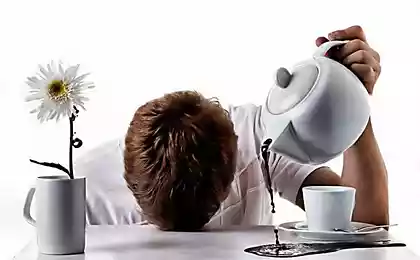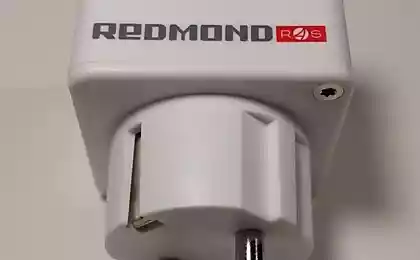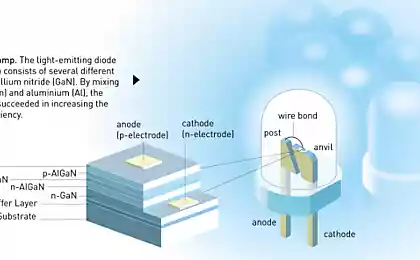543
Wireless biodegradable electronics will revolutionize medicine
Imagine a future in which to heal the wound, restore nerve cell and with increasing broken bone will be using small electronic circuits. After fulfilling its function the electronics will dissolve in the human body. Such technologies are described in science fiction movies, but thanks to the scientists of the University of Illinois these devices will be real soon. The first step is to print flexible electronics on the human body for medical purposes.
John Rogers, an engineer from the University of Illinois is engaged in that develops biodegradable electronics.

Ready chip with feedback, fed by energy from the environment. There are also biodegradable transistor circuit boards that self-destruct on command from the outside.
Rogers and his team invented a remote-controlled chip on the basis of material which is soluble in water and compatible with biological organisms. Silicon nanomembranes act as semiconductors. Magnesium plays an important biological role, and the silica and magnesium oxide are excellent insulators. As a substrate for the circuit used was silk.

To show the functionality of the device, the scientists made a chart with the antenna on the light-emitting diode. Then they turned on the radio at a distance of about two meters. As a result, the device converted about 15 percent of the received radio waves into electrical energy to power the led. When the scheme was placed in deionized water, it is dissolved.

Source: /users/413
John Rogers, an engineer from the University of Illinois is engaged in that develops biodegradable electronics.

Ready chip with feedback, fed by energy from the environment. There are also biodegradable transistor circuit boards that self-destruct on command from the outside.
Rogers and his team invented a remote-controlled chip on the basis of material which is soluble in water and compatible with biological organisms. Silicon nanomembranes act as semiconductors. Magnesium plays an important biological role, and the silica and magnesium oxide are excellent insulators. As a substrate for the circuit used was silk.

To show the functionality of the device, the scientists made a chart with the antenna on the light-emitting diode. Then they turned on the radio at a distance of about two meters. As a result, the device converted about 15 percent of the received radio waves into electrical energy to power the led. When the scheme was placed in deionized water, it is dissolved.

Source: /users/413






















